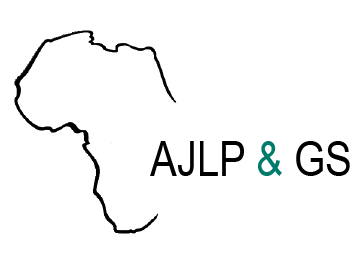This study utilizes a recursive dynamic general equilibrium model calibrated with data for Tanzania to explore the link between agricultural and rural development spending and four development outcomes: economic growth, job creation, poverty reduction, and diet quality. Results show that no…
International food prices have become increasingly volatile in recent decades, with “global food crises†in 2008, 2011 and most recently in 2022. The 2008 crisis prompted international agencies to ambitiously extend their monitoring of domestic food prices in developing countries to…
One of the Sustainable Development Goals (SDGs) is reducing food loss and waste (FLW) across all stages of food value chains, including the on-farm production, the off-farm postharvest, processing, and distribution, and the household consumption stages. We employ general equilibrium models for…
Numerous approaches have been developed by researchers for measuring intra-household decision making. Most use quantitative surveys that often rely on a standard set of questions that inquire about who contributes to key household decisions or women’s abilities to participate in these…
Under the new EU deforestation regulation (EUDR), dated 31/05/2023, coffee producers and other producers of other significant commodities —cocoa, oil palm, rubber, soya, cattle, and wood— will have to comply with three aspects to export their products into the European Un ion. These aspects…
Digital innovations, for instance, in extension, finance, and logistics can play an important role in agri-food systems. They can address bottlenecks in access to extension services, marketing systems, suitable financial products, reliable weather information, transport services and logistics as…
This document offers an analysis of a pilot program aimed at improving productivity and sup ply chain integration for small-scale coffee farmers. It details the collaboration between a ma jor coffee exporter, local intermediaries, and farmers, introducing a unique stepped-wedge cluster…
Prior to the 1980s, information on agricultural incentives provided by governments was extremely limited and difficult to access. Much debate took place on the basis of participants’ preferred alternative facts. During the 1980s, the OECD began to collect detailed information on agricultural…
The current structure of the global food system is increasingly recognized as unsustainable. In addition to the environmental impacts of agricultural production, unequal patterns of food access and availability are contributing to non-communicable diseases in middle- and high-income countries…
This decade has been marked by multiple, often overlapping, crises. The COVID-19 pandemic, natural disasters, and the ongoing war in Ukraine have all threatened the fabric of our global food systems. But opportunities can be found amid crises, and the world’s food systems have demonstrated…
The project Reaching Smallholder Women with Information Services and Resilience Strategies to Respond to Climate Change aimed to increase the climate resilience of poor women and men farmers in Africa south of the Sahara and South Asia — especially those in Kenya, Uganda, and India — by…
Securing And Managing Community Land: Lessons From Kenya



